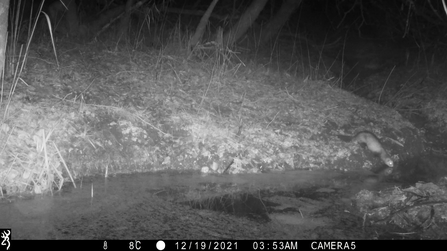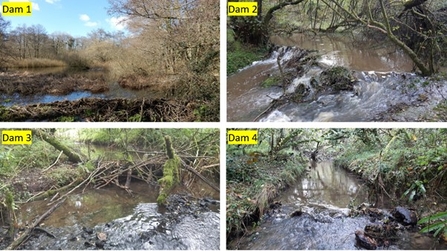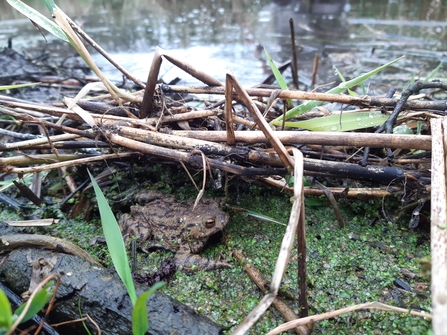As summers go, it has been a pretty good one for us humans if you enjoy long spells of sunshine, hot temperatures, and trips to the seaside. In Dorset we are blessed with a host of beautiful beaches in which we can take advantage of the mass of salt water that laps up against our shores for a much-needed dip to cool off. But what about our freshwater supplies? On land, the recent extreme dry weather conditions have meant that the water levels have dropped in many of our freshwater habitats including rivers, streams and ponds.
But what does this mean for wildlife? Let’s face it, water is our most precious resource, without which life on earth wouldn't exist. Humans rely on it, as do plants and animals. Some species of bird and mammal come to water to simply drink and bathe, where as other species such fish live and breathe in water.




